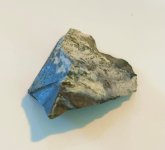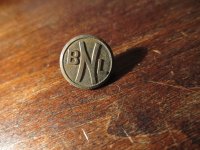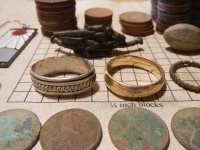VOC
Sr. Member
Just for interest, does anybody know the name and date of the wreck featured in the book "Finders Losers" written by "Jack Slack" (a must read for any amateur salvor !)
The wreck was excavated in the mid 60's in the Bahamas and was called the "Lucayan Beach Wreck".
Many Thanks
VOC
The wreck was excavated in the mid 60's in the Bahamas and was called the "Lucayan Beach Wreck".
Many Thanks
VOC





